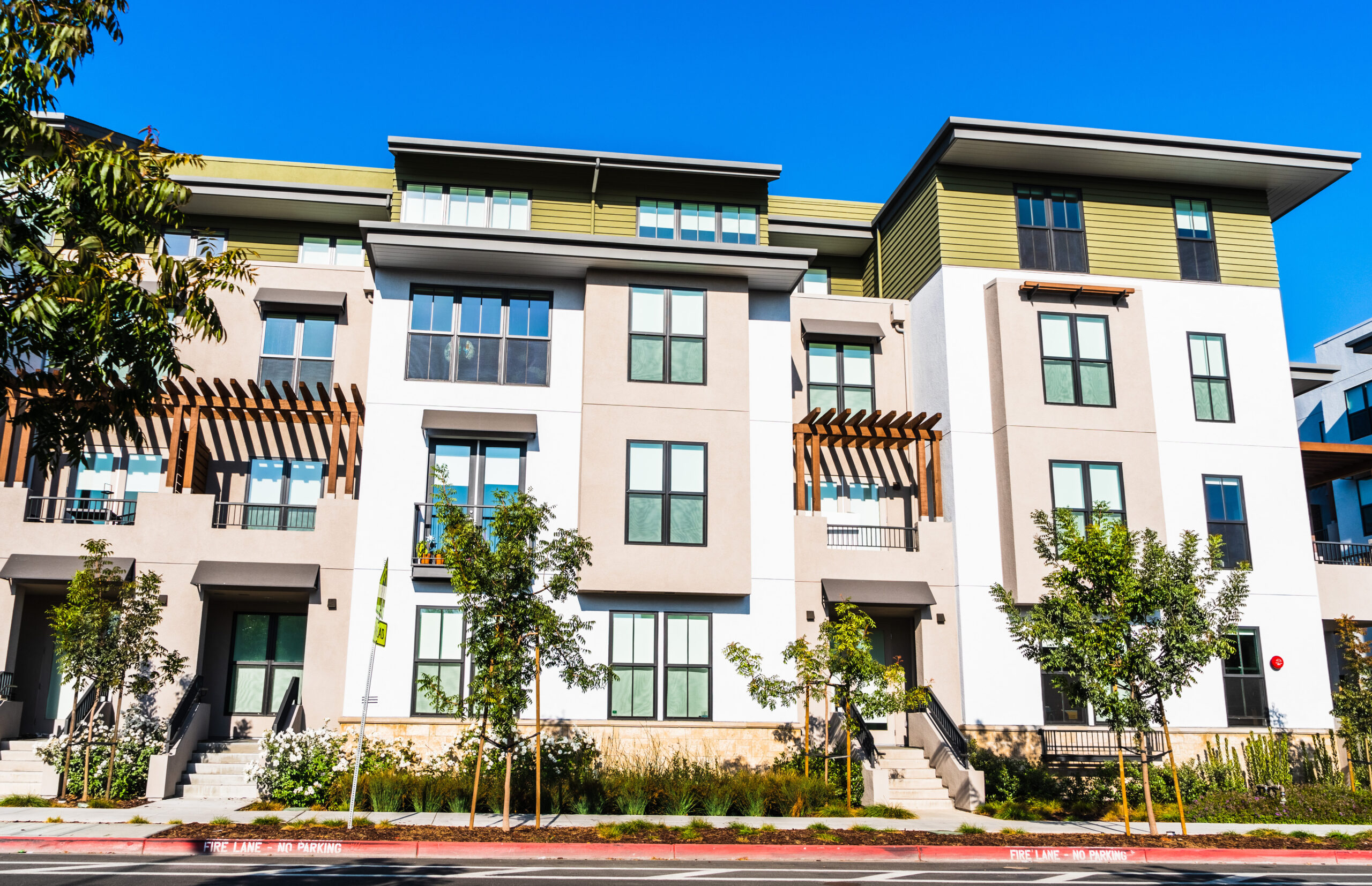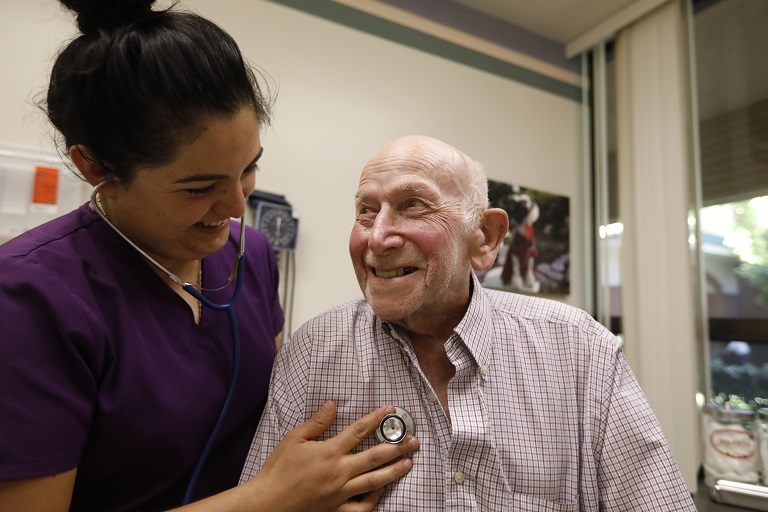The Department of Housing and Urban Development (HUD) has published its evaluation of its three-year Integrated Wellness in Supportive Housing (IWISH) demonstration. Congress directed HUD to undertake the demonstration in the January 2014 HUD appropriations bill for fiscal year 2014. LeadingAge supported the demonstration’s establishment, as well as its two-year extension after the initial three-year demonstration ended in September 2020.
Congress’s goal for IWISH was to test housing with service models for older adults that demonstrate the potential to delay or avoid the need for nursing home care. By the time HUD rolled out a notice of funding availability for the demonstration two years later in January 2016, HUD had expanded the demonstration’s core components to include:
- Coordination and support of transitions from a hospital or nursing home back to the property
- Medication self-management
- Falls prevention
- Mental health programs
More than 750 HUD-assisted senior housing communities applied to participate in the demonstration, a number that spoke to the need for more resources to connect affordable senior housing to community-based services and supports and overwhelmed HUD’s grants processing team.
One year later, in January 2017, HUD announced the 40 IWISH sites and the 40 control sites that would be part of the demonstration. Many of the participating sites are LeadingAge members. HUD then embarked on, with an implementation team that included LeadingAge’s LTSS Center @UMass Boston as a subcontractor, getting the sites ready to participate in the demonstration.
The IWISH demonstration funded a full-time resident wellness director and part-time wellness nurse to work at 40 HUD-assisted housing developments that predominately or exclusively serve households headed by older adults. The resident wellness director and wellness nurse proactively engage residents and implement a formal strategy for coordinating services and supporting resident wellness.
HUD’s evaluation did not find evidence that IWISH prolonged resident tenure, reduced transitions to long-term care, increased primary care, reduced unplanned hospitalizations, or affected other types of health care use. HUD notes a list of “buts” regarding the evaluation’s findings, including:
- The study team was unable to access Medicare data for about half of the residents in the demonstration sample.
- The three-year demonstration was curtailed by a six-month delayed start of resident enrollment which coincided with the onset of the COVID-19 public health emergency that had a fundamental impact on health care delivery and use.
- The information collected on model implementation showed that not all properties implemented all components of the IWISH model or implemented them fully and that several properties had vacancies in one or both IWISH positions for several months during the demonstration period. For example, four properties enrolled less than 60 percent of their residents in IWISH, and only 28 properties completed Individual Healthy Aging Plans with at least half of enrolled residents.
- That many of the same health and wellness services offered by IWISH were also available via service coordination and wellness programming at the control properties. Unlike the proposal in its IWISH NOFA, HUD ultimately did not bifurcate the IWISH site evaluation between sites that had a service coordinator and those that did not.
Qualitatively, we know from the evaluation that residents at IWISH sites felt more connected, more understood, more served—and more seen. We also can explicitly see the real value of having a service coordinator in every HUD-assisted senior housing community in the evaluation. Service coordinators matter and having a clinical person like a wellness nurse on site boosts the uptake and effectiveness of what residents get in their housing community.
LeadingAge continues to urge Congress to minimally include at least one service coordinator in each of its senior housing communities.
LeadingAge Resources on Housing Plus Services
The LTSS Center @UMass Boston, which counts research into housing plus services among its top priorities, offers a wide variety of resources on housing-plus-services models.
The LTSS Center’s April 2019 research snapshot, Exploring Financing Options for Services in Affordable Senior Housing Communities, reports on the benefits of services in senior housing communities, including lower hospital usage and Medicare expenditure growth, higher-value health care usage, success reaching high-risk populations, and fewer nursing home transfers.
A 2019 article from Stateline, Onsite Health Care Could Help Seniors Stay at Home, discussed IWISH and similar programs involving LeadingAge members and evaluated by The LTSS Center.
In 2020, The LTSS Center described the takeaways from the IWISH program’s initial three-year demonstration in an article, IWISH Report Offers Lessons for Housing Providers. The IWISH program was also mentioned in a 2022 LTSS Center research brief, Enhancing Service Coordination in HUD-Assisted Senior Housing Communities: Lessons for Implementation.

 Shutdown Week Three: Impact of Ongoing Closure on Affordable Housing
Shutdown Week Three: Impact of Ongoing Closure on Affordable Housing


